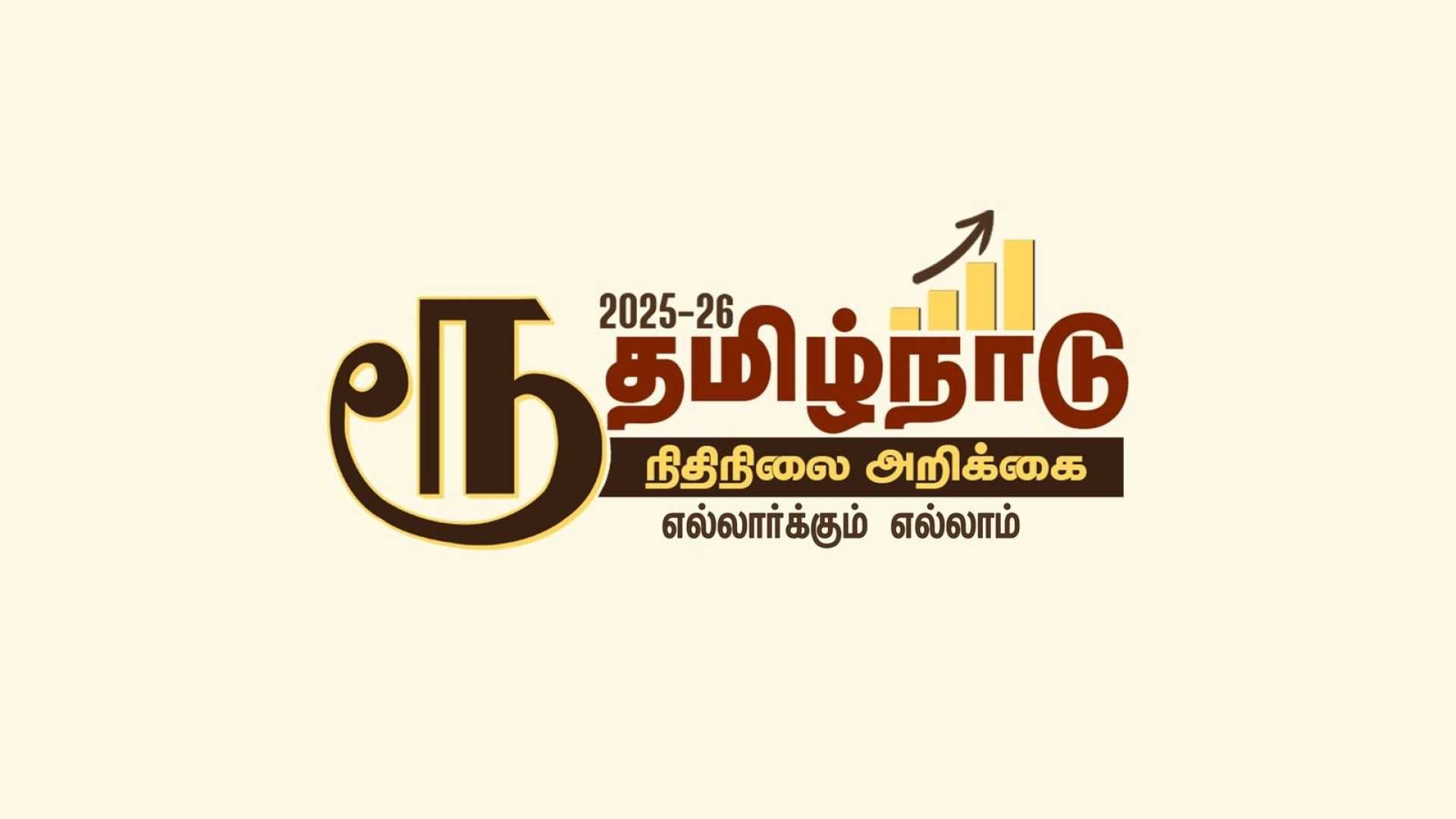Politics
Controversy Erupts as Tamil Nadu Replaces Rupee Symbol with Tamil Letter

NEW DELHI — The decision by the Tamil Nadu government to replace the national rupee symbol with the Tamil letter ‘Ru’ in its promotional material has sparked a significant political controversy. Chief Minister MK Stalin unveiled the new state budget logo on Thursday, stirring discussions amid an ongoing debate over the National Education Policy (NEP) and language imposition.
Udaya Kumar Dharmalingam, the designer of the Indian rupee symbol, expressed surprise at the backlash. In an interview with ANI, Kumar noted, “I designed this 15 years ago when the central government had a competition, and I won it. It’s being widely used. I don’t have complete information behind the reasons for this change, but the state government has their own views.”
The new logo features ‘ரூ,’ the Tamil equivalent of the rupee, which was introduced just as the Tamil Nadu government rejected the NEP, claiming it promotes Hindi at the expense of Tamil culture. Stalin’s administration asserted that their push for Tamil language prominence is not a slight toward the rupee symbol but instead a defense of local identity.
K. Annamalai, the Tamil Nadu BJP chief, criticized the decision, labeling it an attempt by the DMK government to distract the public from pressing issues. “The DMK government has become a laughing stock across the country,” Annamalai stated. He further emphasized that Kumar’s design was a source of pride for Tamilians, having been adopted nationally in 2010, under a Congress-led UPA government.
Finance Minister Nirmala Sitharaman sharply criticized the new logo, accusing the Tamil Nadu government of fostering “secessionist sentiments under the pretext of regional pride.” She pointed out how the DMK did not object to the rupee symbol when it was originally adopted and questioned the motivations behind the recent change.
Kumar, an IIT Guwahati professor, clarified that his relationship to the controversy stems more from coincidence than intent. “My father was an MLA even before I was born,” he remarked, referring to N. Dharmalingam, a former DMK member. Kumar emphasized that he respects the government’s decision but remains focused on the design aspect of his work.
The original rupee symbol, created by Kumar, combines the Devanagari letter ‘Ra’ and the Roman letter ‘R’, representing the Indian currency while incorporating elements of the national flag. Kumar won a national design competition with the symbol. “I never anticipated such a debate over the rupee symbol,” he added. “I’m happy to have designed something impactful, but it’s something I never expected to become controversial.”
Political analysts speculate that this logo change and the ensuing debate is indicative of the larger conflict surrounding language politics in India, with the Tamil Nadu government solidifying its stance against what it perceives as encroachment of Hindi over its regional language. The DMK continues to advocate for its longstanding two-language policy of Tamil and English, resisting the proposed NEP three-language model that includes Hindi.
As tensions rise between the state and central governments over these language issues, the implications of the logo change extend beyond mere symbolism, igniting discussions about regional pride, identity, and the politics of language in India.












